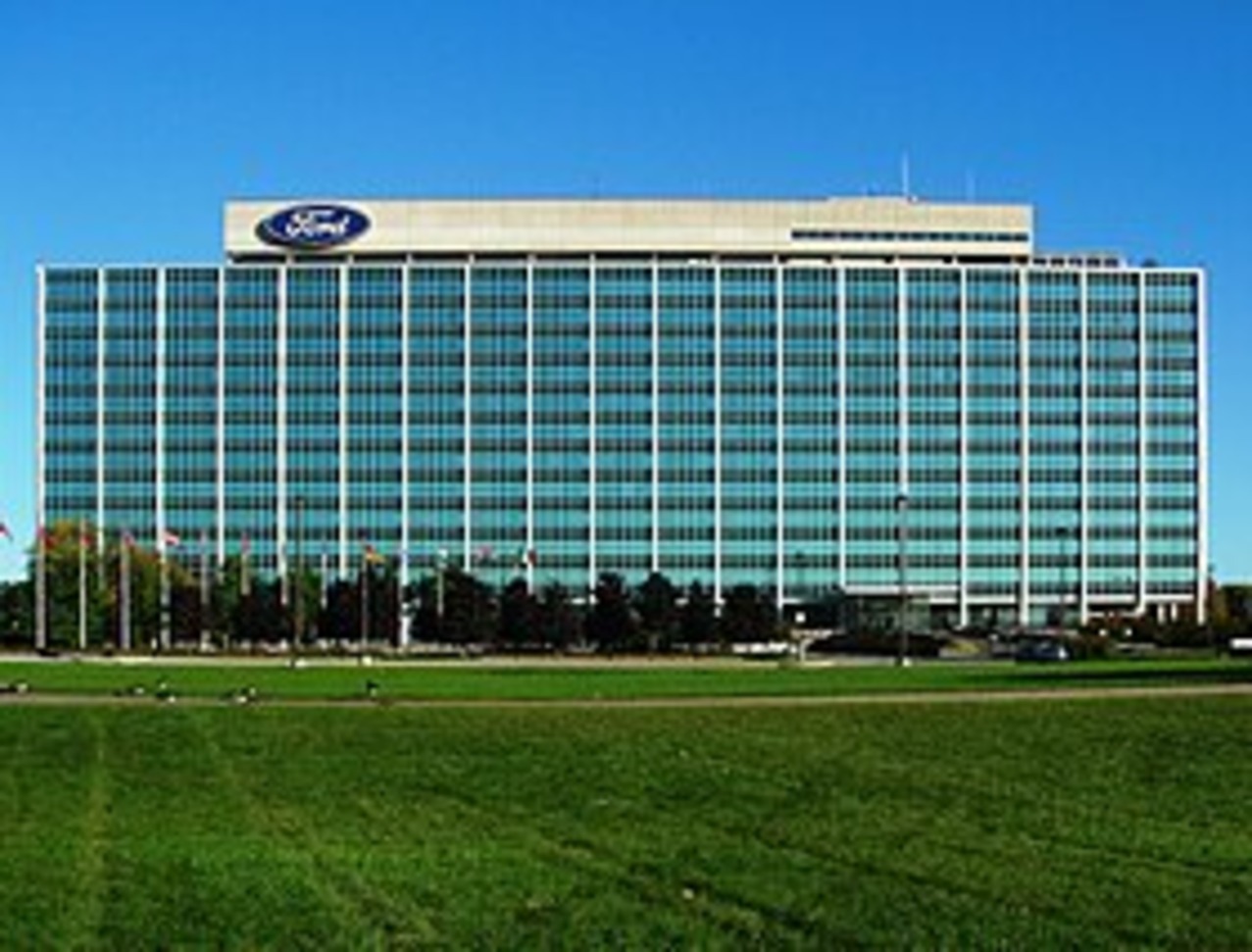In a decisive pivot to counter mounting competition from Chinese electric vehicle (EV) manufacturers, Ford Motor Company has announced a sweeping $5 billion investment to develop a new generation of affordable, software-defined EVs. The initiative, described by CEO Jim Farley as Ford’s “Model T moment,” marks a radical departure from traditional manufacturing and signals a high-stakes effort to reclaim leadership in the global EV race.
🔧 Investment Breakdown & Strategic Goals
Ford’s $5 billion commitment is split across two major facilities:
- $3 Billion: Directed toward the BlueOval Battery Park Michigan, where Ford will manufacture prismatic lithium iron phosphate (LFP) batteries. These cobalt- and nickel-free batteries are lighter, cheaper, and more durable than traditional lithium-ion packs.
- $2 Billion: Allocated to retool the Louisville Assembly Plant in Kentucky, transitioning from gas-powered SUVs to EVs. The overhaul will secure 2,200 hourly jobs, though it represents a reduction of 600 positions due to increased efficiency.
Together, these investments are expected to create or secure nearly 4,000 U.S. jobs, while bolstering domestic supply chains and reducing reliance on imports.
🚙 The First Model: A $30,000 Electric Pickup
Launching in 2027, Ford’s first vehicle on the new Universal EV Platform will be a four-door midsize electric pickup. Key features include:
- Target Price: Under $30,000, making it the most affordable electric pickup on the market.
- Performance: 0–60 mph acceleration comparable to the Mustang EcoBoost (~4.5 seconds).
- Interior Space: More passenger room than the Toyota RAV4, plus a front trunk (“frunk”) and cargo bed.
- Battery: A structural LFP pack forming the vehicle’s floor, with an estimated capacity of ~51 kWh.
- Charging & Tech: 400-volt architecture, bidirectional charging (V2L/V2H), and over-the-air software updates.
🏭 Reinventing the Assembly Line: The “Assembly Tree”
Ford is abandoning the century-old moving assembly line in favor of a modular “assembly tree”:
- Three Parallel Sub-Assemblies: Front, rear, and battery/midsection built separately and joined later.
- Efficiency Gains:
- 20% fewer parts
- 25% fewer fasteners
- 40% fewer workstations
- 15% faster assembly time
- Ergonomics & Automation: Workers receive pre-organized kits with tools and parts, reducing strain and improving quality.
This approach mirrors innovations seen in Tesla’s gigacasting and Rivian’s zonal architecture, but Ford’s system is designed for scalability across trucks, SUVs, and vans.
🇺🇸 Political & Economic Context
Ford’s announcement comes amid shifting U.S. policy under the Trump administration:
- Tariffs: New import tariffs have increased costs for foreign-made components, including copper and batteries.
- EV Incentives: Federal tax credits for EV buyers have been rolled back, removing up to $7,500 in subsidies.
- Domestic Manufacturing Push: Ford’s strategy aligns with calls to bring production back to the U.S., especially as Chinese OEMs like BYD and Geely expand globally.
📉 Financial Snapshot & Challenges
Despite tripling EV revenue in H1 2025 to $3.6 billion, Ford’s EV division (Model e) posted a $2.2 billion loss during the same period. The company attributes this to:
- Tariff-related costs
- Investment in new battery and vehicle platforms
- Startup expenses at BlueOval Battery Park
Ford’s stock (NYSE: F) is currently trading at $11.24, with a market cap of $44.73 billion, reflecting cautious investor sentiment amid ongoing EV losses.
🌍 Global Production & Outlook
While Ford builds more vehicles in the U.S. than any other automaker, it will continue producing the Mustang Mach-E in Cuautitlán, Mexico, for global markets. The company has no plans to shift that production despite political pressure.
Looking ahead, Ford’s Universal EV Platform is expected to support a full family of vehicles, including vans, three-row SUVs, and compact models. The company aims to reduce total cost of ownership below that of a used Tesla Model Y, positioning itself as a viable alternative to Chinese EVs.


